Car door locks can be susceptible to freezing in cold weather, and this can present challenges for vehicle access and operation. Here's how car door locks may be affected in cold weather and some potential issues related to freezing:
Moisture Accumulation:
Cold weather often leads to the accumulation of moisture around the door locks. When moisture gets into the keyhole or other components of the lock mechanism, it can freeze and create difficulties in unlocking the door.
Frozen Keyhole:
.jpg)
The keyhole itself can freeze, making it challenging to insert the key or turn it to unlock the door. Ice formation inside the keyhole can obstruct the key's movement.
Door Seal Freezing:
The rubber seals around the door frame may also freeze, making it difficult to open the doors. Ice can create a seal between the door and the frame, resisting attempts to open the door.
Lock Mechanism Freezing:
The internal components of the lock mechanism may freeze, hindering the normal operation of the lock. This can affect both electronic and manual locking systems.
Key Fob Signal Issues:
Keyless entry systems that rely on electronic signals from key fobs may experience issues in extremely cold conditions. Low temperatures can impact the performance of the key fob, leading to difficulties in remotely unlocking the car.
To address potential issues with car door locks in cold weather, consider the following tips:
Use De-Icing Fluids:
Apply de-icing fluids or sprays specifically designed for locks. These products can help melt ice and unfreeze the keyhole.
Heat the Key:
Gently heat the key using warm water or a hairdryer before inserting it into the keyhole. Avoid using boiling water, as it can cause damage.
Silicone Lubricant:
Apply a silicone-based lubricant to the key and insert it into the keyhole. This can help prevent moisture accumulation and reduce the likelihood of freezing.
Keep the Lock Dry:
When not in use, cover the keyhole with a plastic or rubber cap to prevent moisture from entering and freezing.
Remote Start (if available):
If your vehicle has a remote start feature, use it to warm up the car before attempting to unlock the doors. This can help thaw frozen components.
Use a Graphite Lubricant:
Apply graphite lubricant to the lock mechanism to reduce friction and prevent freezing.Check Seals and Door Joints:
Ensure that the rubber seals around the doors are free from ice. Gently push or tap on the door to break any ice seals.
Car Shelter or Garage:
Parking your car in a sheltered area, such as a garage, can protect it from extreme cold and reduce the likelihood of freezing issues.
By taking these precautions and addressing potential freezing issues promptly, you can enhance the functionality of your car door locks during cold weather.


 English
English Español
Español
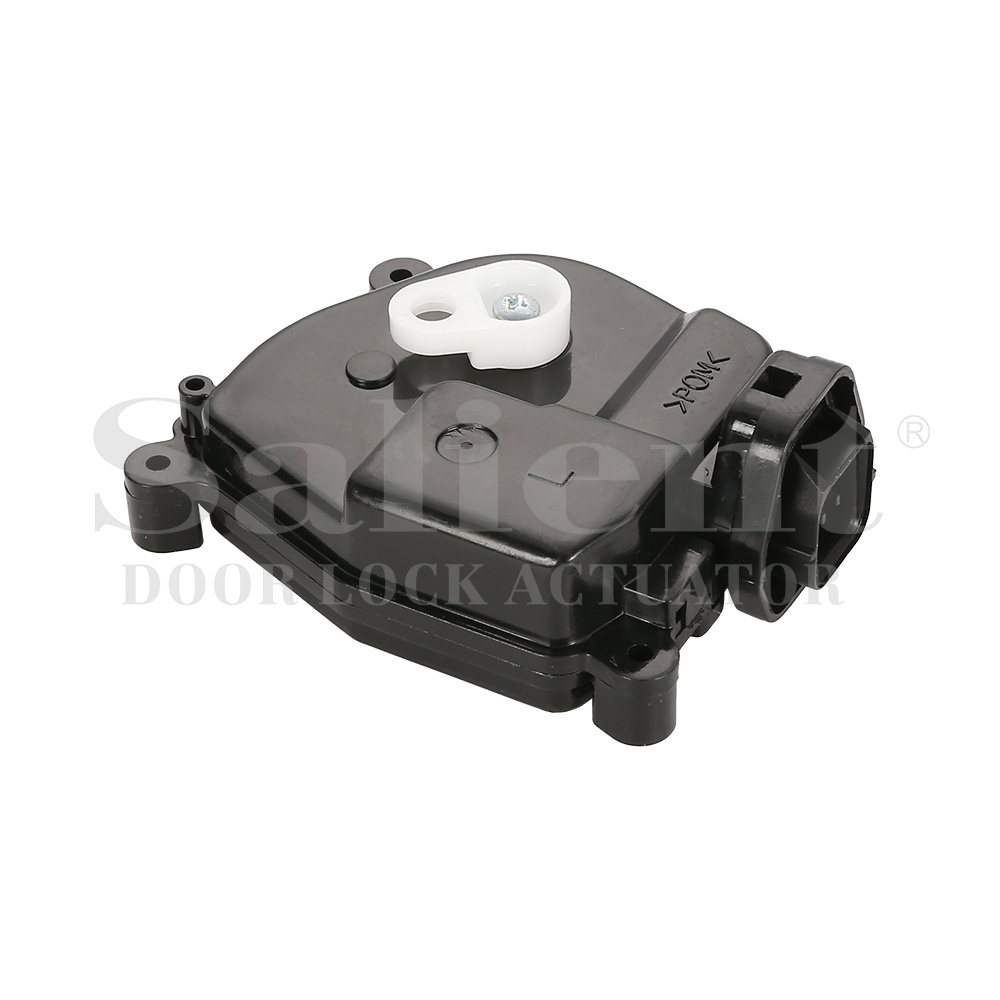
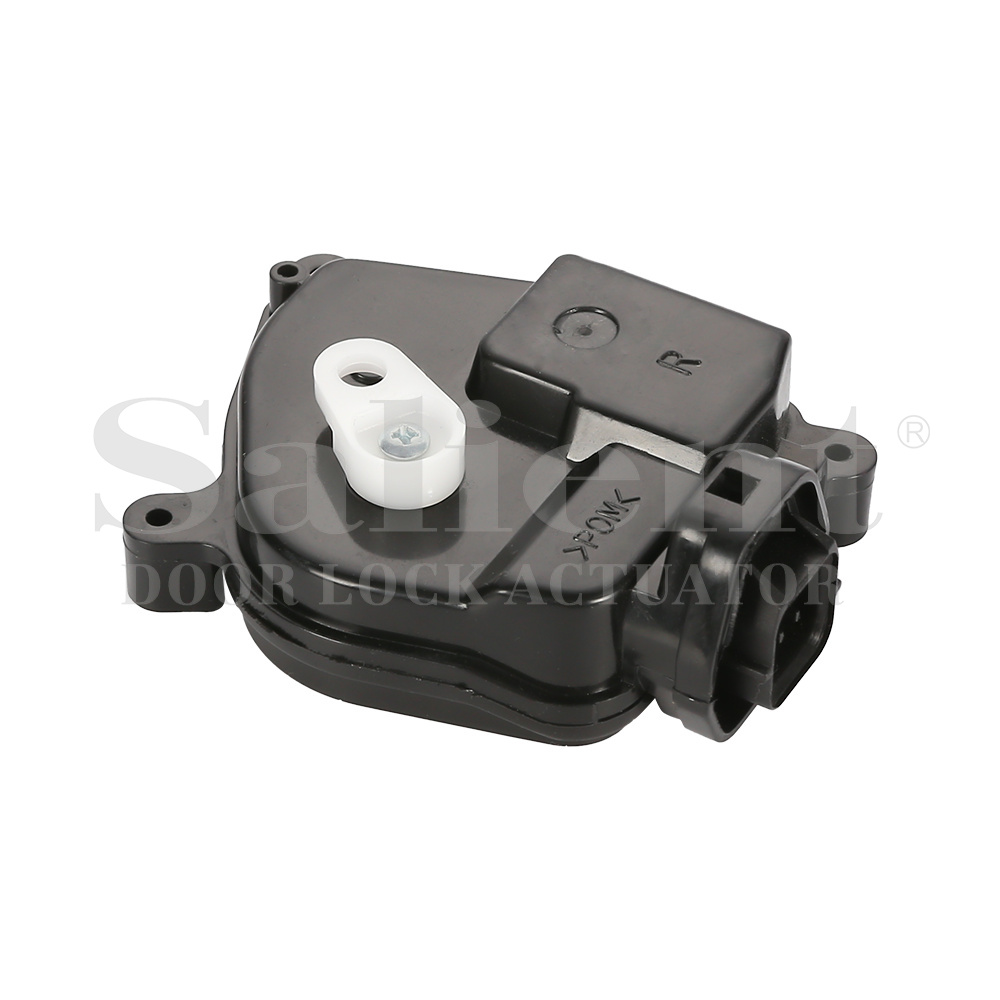
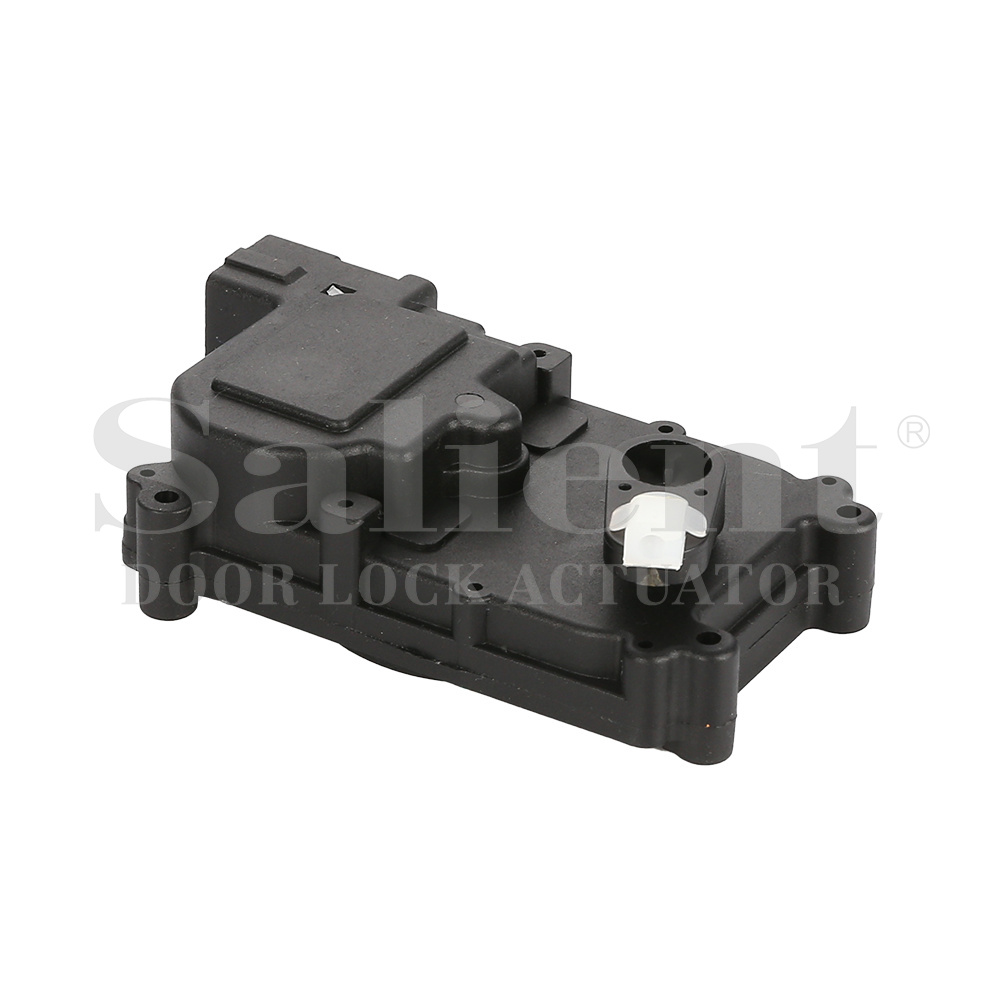
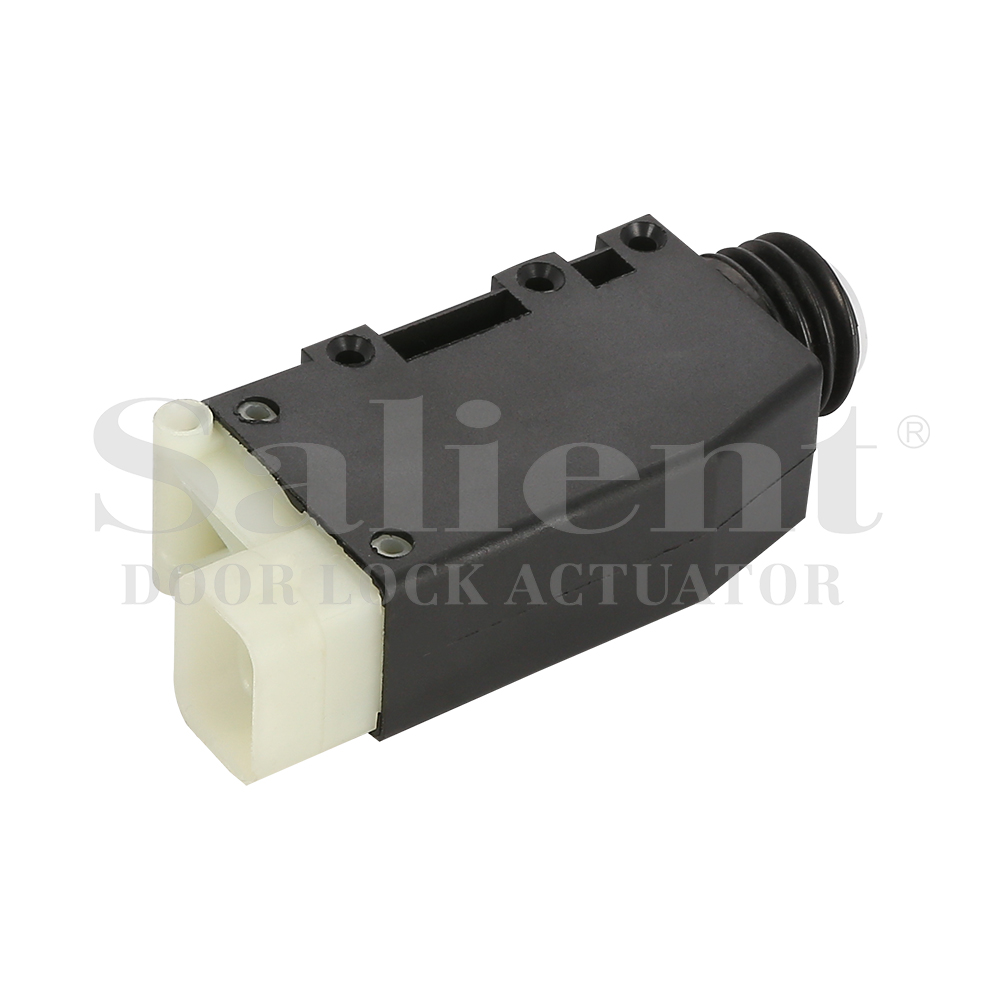
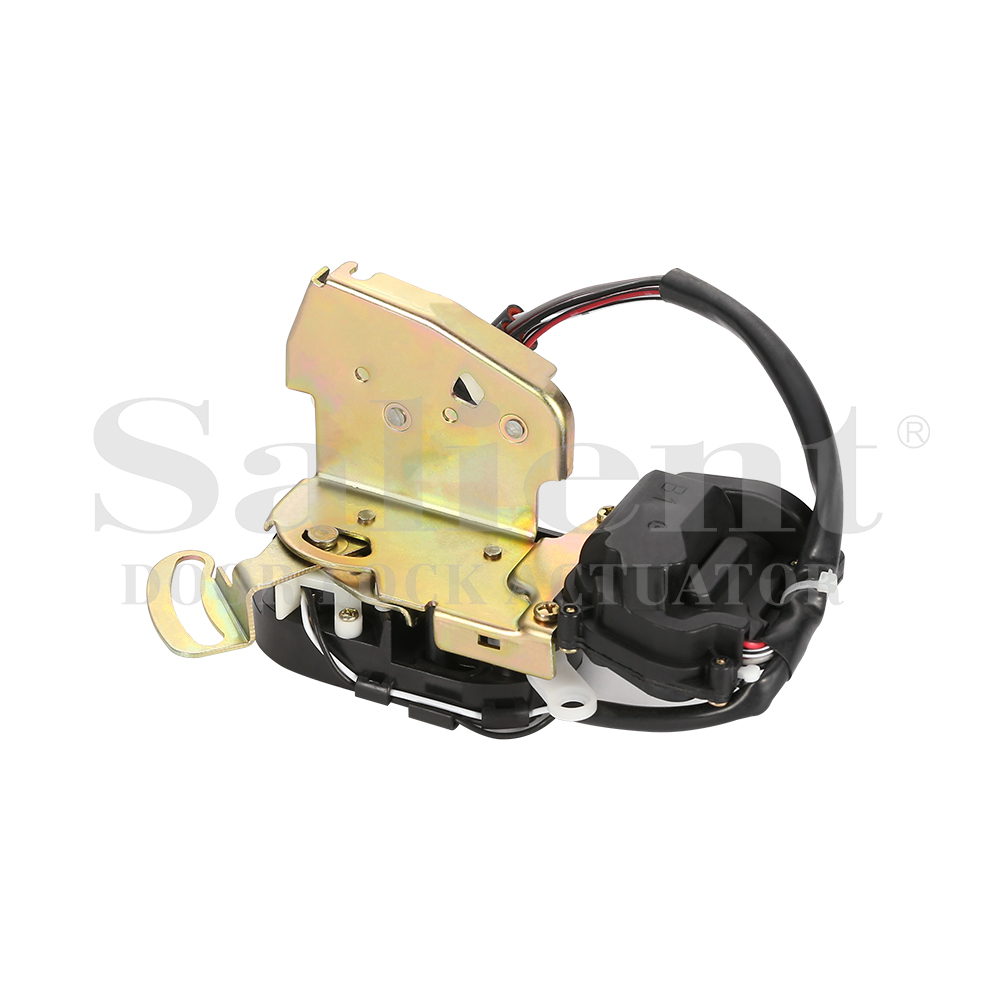
-1.jpg)
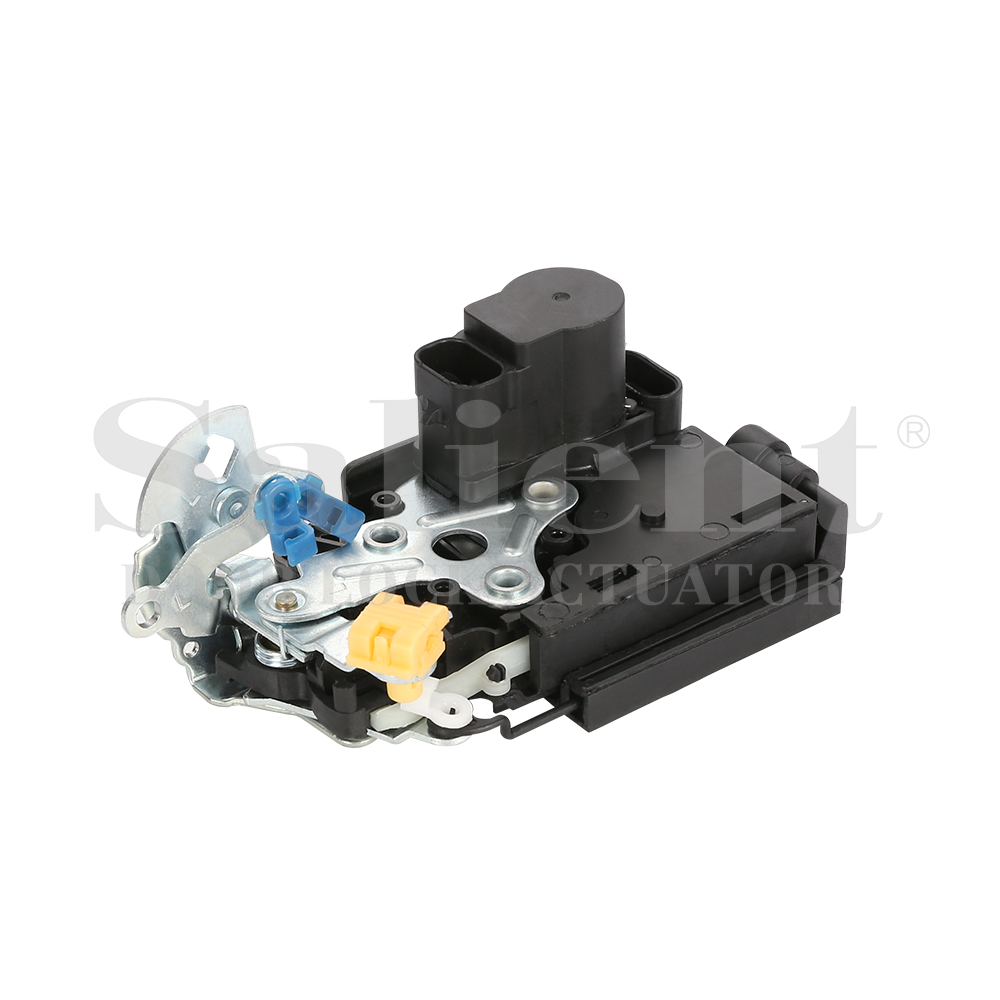
.jpg)
.jpg)
.jpg)
.jpg)

